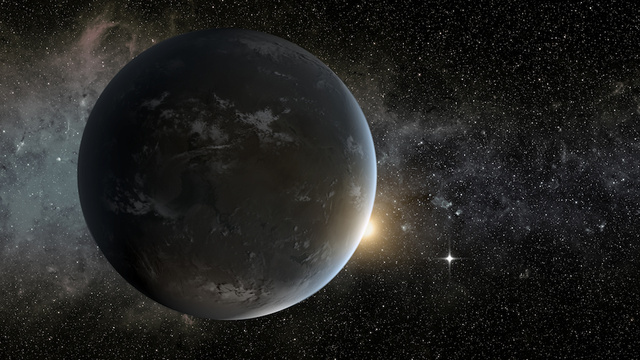How Do You Weigh a Planet? Using Starlight Of Course!
2013.12.20

There are no planet scales, so it is hard to weigh one. To do that, astronomers have figured out by measuring the starlight that shines through its atmosphere.
MIT planetary scientists Julien de Wit and Sara Seager did just that. When an exoplanet passes in front of its star, it causes a blip in the amount of light that shines toward Earth. This is how we were able to discover exoplanets.
But since not all of it zooms past the exoplanet, some of them get filtered through the atmosphere. So by measuring the spectrum of the light, MIt scientists were able to learn all kinds of things, such as atmospheric pressure, temperature, and gravitational pull. They were also able to come up with a new method of calculating the planet's weight and mass.
This is important, because it helps us understand more about exoplanets. Plus there's no way to get to them immediately, right now that is, and with this method, astronomers can also deduce whether the planet is gassy like Venus or has rocks like Earth. And maybe, also, find a habitable planet we can all move to when we destroy ours. Eventually, that is. [Nature]
More Articles
Copyright © Fooyoh.com All rights reserved.